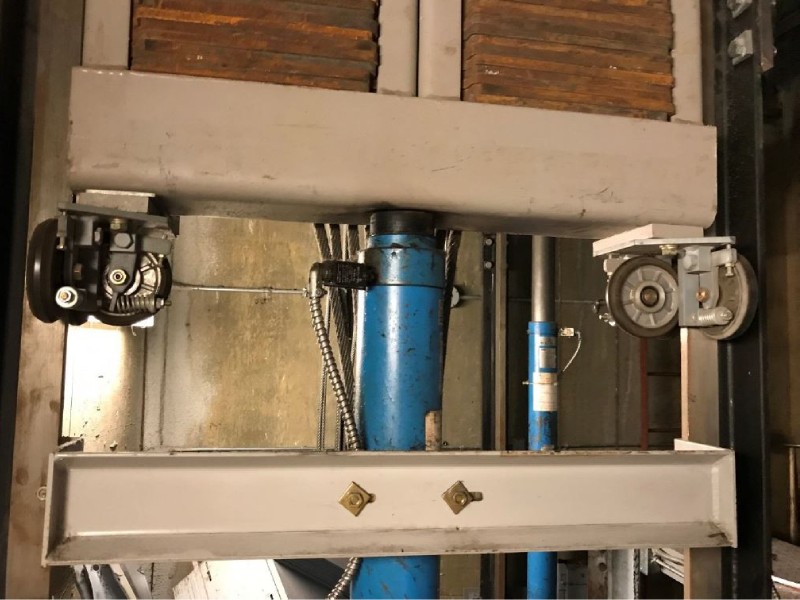
Elevator Buffers
Known as elevator buffers, these devices, which are actually calculated by considering all kinds of risks, are designed for the purpose of protecting the life of the user. So we can think of the elevator bumper as a braking system component. Thanks to this part, it does not hit the ground directly in case of breakage of elevator cables or in a possible reverse situation, that is, in free fall. In this case, the buffer’s task is to prevent the nacelle from hitting the ground if the nacelle or counterweight slides to the bottom of the pit. Damage is minimal when the bumper is firmly attached to the floor under the cabinet frame. 70×100 h: A safe volume of 50 cm is essential for this device. Even after falling from the bottom of a well, he must have a place to hide. It is designed for use with collapsible bumper brackets or risk analysis reports for special solutions.
Lift bumpers must be manufactured in accordance with EN 81-20/50. European standards require that the quality be kept at the highest level. To check the oil level in the hydraulic buffer for damage and disconnection, the buffer should be checked at the elevator shaft every six months. Spring buffers, which are a type of buffer we use in elevator systems; The buffer that prevents the cabin, which cannot stop on the last floor, from hitting the floor hard while descending to the lower floor, is a spring buffer. Spring buffers counteract the kinetic energy of the cabin, load cabin or counterweight in a spring arrangement. They are referred to as energy storage type buffers.



